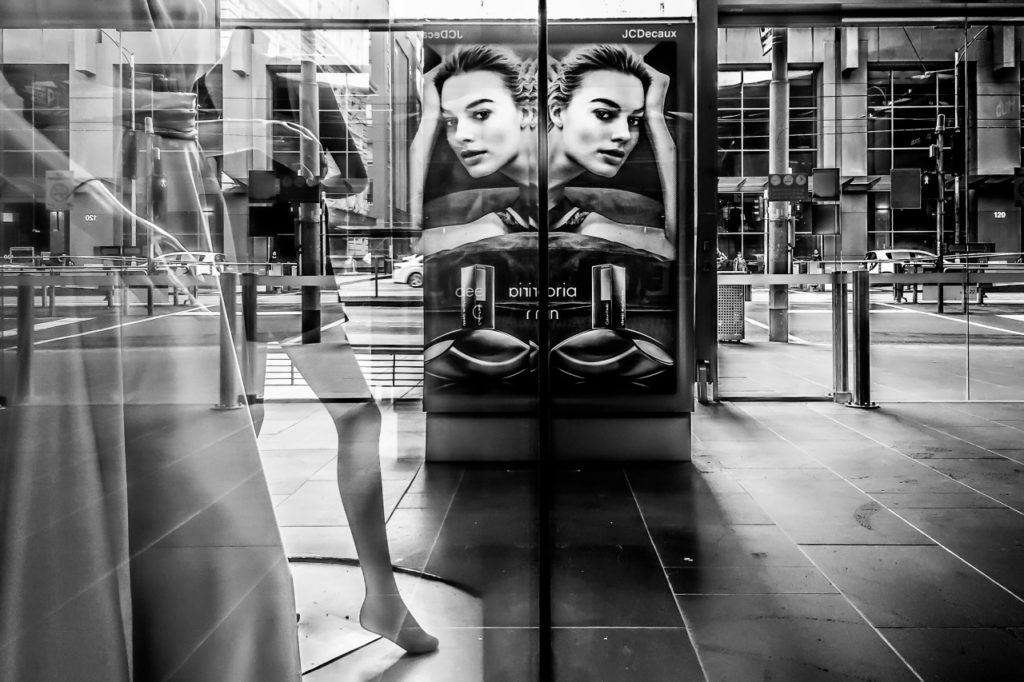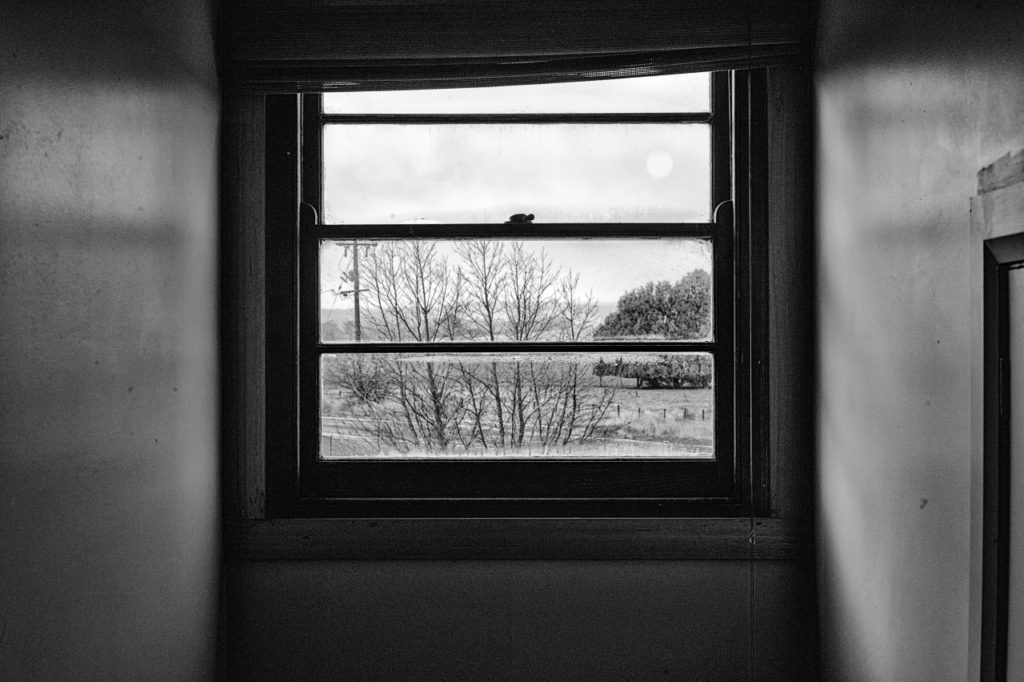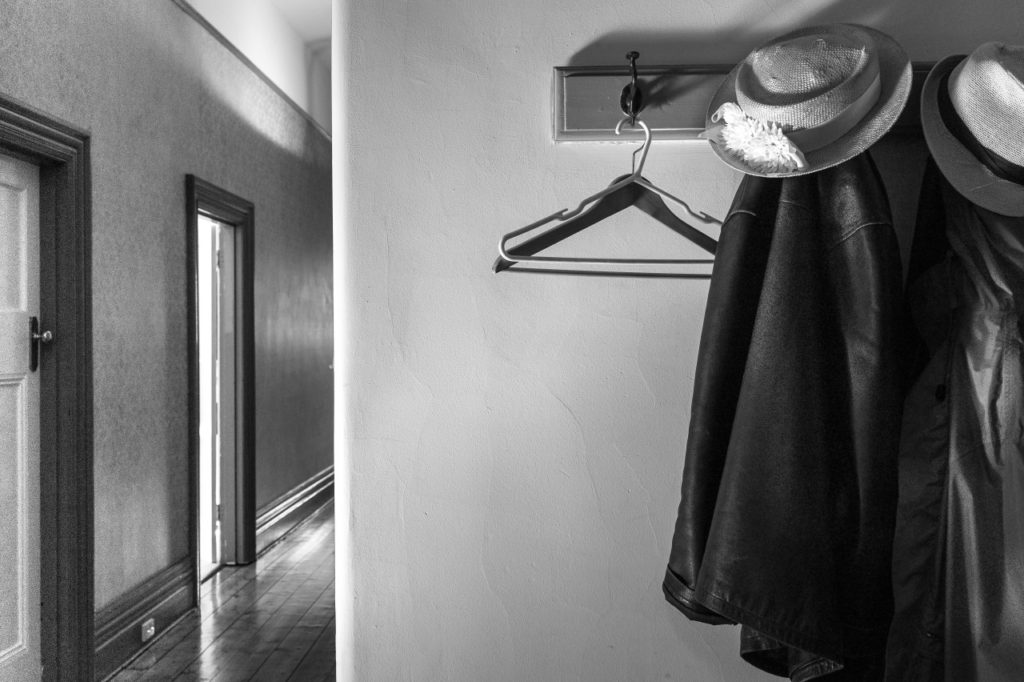 By Michael Rowe. Michael is a Melbourne photographer who teaches to pay the bills. He is currently pursuing his PhD in crowdsourcing [ Editor’s Note: I wasn’t aware you could get a PhD in crowdsourcing. Shows what I know. In any event, I really like his photos]. His images can be found at http://rowefoto.tumblr.com
By Michael Rowe. Michael is a Melbourne photographer who teaches to pay the bills. He is currently pursuing his PhD in crowdsourcing [ Editor’s Note: I wasn’t aware you could get a PhD in crowdsourcing. Shows what I know. In any event, I really like his photos]. His images can be found at http://rowefoto.tumblr.com
I love the idea of the M10, and I think I can afford one. As an M9P shooter, unbridled high ISO performance is my dream. The camera as object is sexy as hell. It’s an amazing thing.
But I don’t think I’ll get one.
I shoot mostly at base ISO (160), partly because the images at base are sublime, partly because in the days of film I never went above 400 and mostly shot 125. Pretty much every photo that’s inspired me was shot on film – Tri X or Plus X or their modern equivalents.
I started shooting Leica because I wanted an authentic experience, something more than the usual fare could give me, cameras that took the decisions away from me. Too clinical in their perfection. Where’s the challenge? Leica put control and boundaries in front of me. If I wanted a result I needed to push those boundaries.
After 5 years of shooting an M I focus quickly now, can predict exposures accurately, can coax good results from slow shutter speeds and razor thin DOF in low light. Those things give me a satisfaction that other systems can’t provide. I recently changed the way I hold my hand when I focus…and my hit rate went up. I’m still learning, refining, enjoying. Low ISO is a constraint that forces hard choices. It hones my skills.
A camera that can shoot clean up to 25,000 ISO seems overkill. I’ve bitched about not being able to get ideal shots in low light wide open as much as everyone, and I appreciate the need for a company like Leica to move with the times. But having that latitude in the sensor, while giving me a certain freedom, removes one of the key shapers of my creative work. It removes another source of imperfection, one of the three delicious trade-offs that need to be balanced when selecting exposure.
Mine is a personal perspective, and there are plenty of arguments to the contrary. Why be a stickler? My iPhone 7 makes lovely images – so long as you don’t look at them too closely. Wouldn’t it be great to have true creative flexibility, more choices, better quality images? Yes, I suppose so. But not at the expense of the craft. YMMV.
Joel Meyerowitz’ induction into the Leica Hall of fame coincided with the launch of the M10. Joel, holding the new camera, was everywhere. And why wouldn’t he be. Except for the inescapable fact that every single notable image he had taken, his entire body of work, were shot with outdated, “inferior”cameras. His genius was to do what he did with what he had. Good enough for Joel, good enough for me.
As much as it pains me to say it – not this time, Leica. Let’s see how long I can maintain my resolve…




The most beautiful self review Ive seen. I feel the same way. Even the last, which is to have restraint in buying it.
I think you miss the point. I have shot with an M for 30years, not because of the challenge, but because it allows me to capture what I see better than anything else. Even if high ISO is not your thing, a thinner body that feels the same as a film M is a good thing. A higher mag finder with more eye relief is huge. I had a .85 and .58 M6 just to have a finder that best matched my lenses, now we have the closest thing too the best of both worlds.
It’s an excellent reflection and opinion piece, and I don’t think he does miss the point, at all. He specifically says “your mileage may vary”. That the new M10 has a better viewfinder for your eyes – that’s YOUR personal point of desire, of validating the M10. For Michael Rowe, a camera with clean(ish) ISO 25,000 removes a limitation he enjoys having. That’s HIS point, is a matter of taste, and as such it’s not a debate item. Any more than someone posting that they enjoy shooting black and white only, and someone telling them that to do so is “missing the point” and should feel differently about shooting colour. If autofocus best supported your style, would you also propose he was missing the point?
I’m interested in your grip when focusing , what changed? Or should I say how did you grip differ from before?
Michael here – I used to take most of the weight of the camera with one hand and then use thumb and forefinger of the other hand to focus. My thumb would rest on the edge of the focusing tab, forefinger on top of the lens.
The change I made was to hold the camera in both hands with my focusing hand supporting the body from below. I crook my forefinger, resting it in the concave section of the focusing tab and focus as if I’m pulling a trigger. Camera is more stable as it’s resting on the top of my thumb and the focusing (for me anyway) is more accurate because there’s less overshoot and the movement feels more deliberate and controlled.
Note I’m left handed and so I focus with my left hand – not sure how it works for righties. Can I also say it’s entirely possible this is the way everyone has always focused apart from me. I might have been doing it wrong for all these years!!
Ha – it clearly didn’t hurt your photos.
Nice post. I ordered a M10, and still have a M3, so I can understand both points of view. You very correctly underline that part of the process in creative photography is to learn how to work with the limits: speed, aperture, depth of field. Cameras “that-do-everything-allright” can become boring after the initial excitement. Having worked one week with the M10, I can reassure you: this camera is not a “25 000 ISO wonder”. It just gives better results than the former models at 3200 ISO (max. 6400, after that noise becomes apparent), it also gives better results from 1000 ISO upwards, and this is just fine with me. I am old enough to remember the “good old days” when you could push some B&W films to 3200 ISO, at the expense of a very grainy texture. Some people liked, some not. 3200 is the upper limit for me, and the M10 allows to work comfortably in it, that’s it. The fact that the camera has less buttons also makes it a similar work companion to non-digital M’s. But I couldn’t agree more with you: having one camera, with its limits, and learning to handle it correctly is a long, subtle – and rewarding process, which is a good thing after all 🙂 J.-C. Péclet
Many thanks for your thoughts
Interesting story, but though I appreciate what’s been written, the point remains that, as far as I can tell, not an image in the provided link depends on Leica: every one seems perfectly able to have been shot on a Nikon, possibly with even better control due to one tiny factor: DOF preview, as limited as it is on small cameras. Not everything is split-second decisions, and any help available can only be good; you don’t have to use it all the time – just when it can help, so nice to have it around. Any claims that the eye and finger can make decisions fast enough to reveal any meaningful difference between shooting an slr (135 format!) and an rf body seems fanciful at best. In most cases, if you wait until you see the image it’s already too late: you have to be ahead of the event and anticipate the action. And therein the real skill. The photographic part is pretty basic, after all. Where you do have time, the more control available the better.
However, if one limits the sense of the article to nothing more than a set of reasons why not to buy an M10, then I think that if comfortably in a position to buy, then why not buy, the reasons against being fairly thin, as pretty much admitted?
The idea that something that doesn’t work too well is an advantage, is something I find peculiar. Surely the idea is to have as little impediment between eye, mind and image as possible?
I used to decry autofous until my eyes went south, and once I bit the bullet and got used to using af, it sped things up a great deal.
That said, I do understand that folks can get hung up on the philosophy of marque.
Rob
Lovely commentary.
I am in full agreement.
It’s odd that with all the boundary pushing tech, I don’t seem to find images that tug the heart strings in the same way as that from the old masters.
The “Exacta” film combo of films from Kodak you mention.
William Albert Allard and his virtuosity with Kodachrome. ISO 64. That must be for studio work only right?
Equally charming is your expression of restraint. That’s about as rare as humility these days for most of us living a first world existence.
Chapeau!
Aaron,
I agree with the notion that nothing much that’s new seems to beat the pants off some of the better old stuff. As they say, things are constantly improving without getting any better.
To me, this isn’t anything really to do with the differences between digital and film technologies, and not even entirely to the mindset of the people using the cameras.
I’m retired, but my specialty used to be fashion, from which I moved across to calendar shoots. That being so, I am able to observe with a trained eye how the changes in technology have affected some of my own genre heroes. Overall, I’d say not a lot. What has changed, negatively IMO, is that Photoshop has been brought in to kill reality and, with that, to diminish the rôle of both the photographers and the models. Retouching has converted everything into a standard blend of plastic skin, colour and homogeneous boredom where the characters are all the same. Nothing stands out because everything shares the same false perfection. It isn’t really comparable with the retouching done in the past, though I have to say that much of that, taken to absurdity, was dreadful too: early Hollywood? That some people use Photoshop to create obvious fantasies is a somewhat separate argument: those pictures fool nobody – I hope.
Now where resides the responsibility for that? I would suggest in the heads of the magazine editors and their art departments.
Yet, there are still those around today, at the top, using the contemporary tools, but able to stay true to their origins and vision. Check out Peter Lindbergh and Hans Feurer; the former strongly into black/white and the latter moving seamlessly from Kodachrome to digital colour.
The underlying fact is this: the power is always in the image. Remove all the incidental stuff such as camera/lens info, and anyone sane looking at a photograph (unless he or she is a keen photographer or, worse, gear-freak) won’t even think of cameras.
On top of that, don’t forget that pretty much everything visual has already been expressed a zillion times. When nothing looks original anymore…
Rob
Great post. Agree 100%.
Lively conversation. Interesting points of view. Now, let’s all go make some photographs.